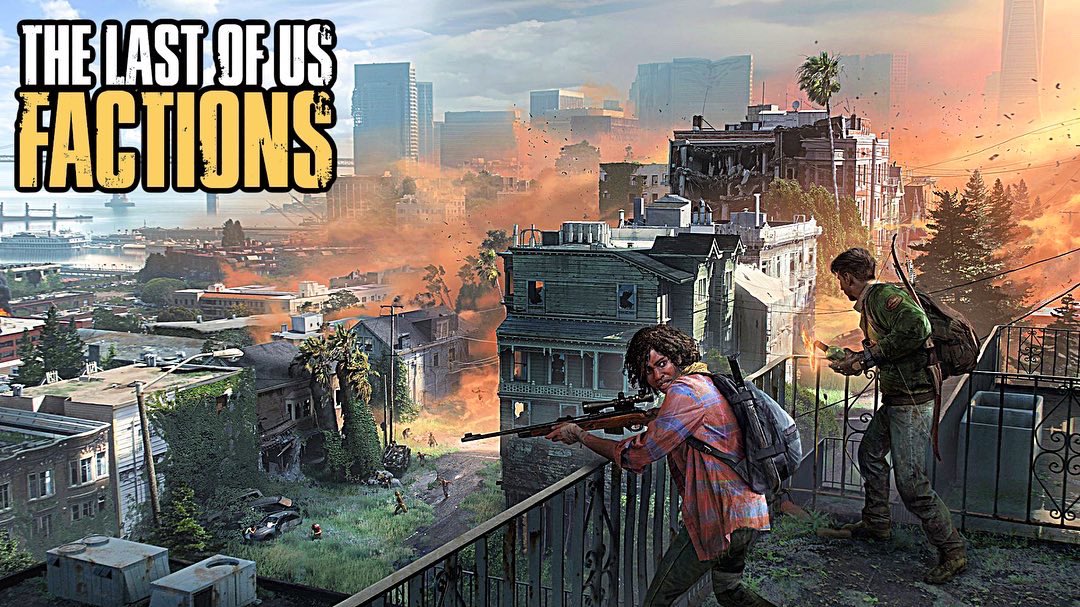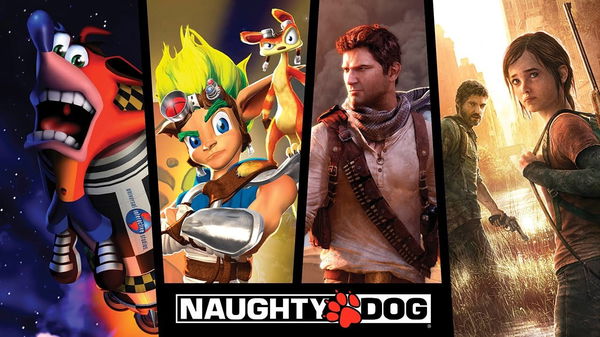

Live-service games seem to have become the bread and butter of many video game publishers and developers nowadays. Call of Duty Warzone 2.0, Overwatch 2 for Activision, Destiny 2 for Bungie, and Fortnite for Epic Games are some of the biggest examples. These games earn millions, if not billions, for their respective publishers on a yearly basis. Yet, not every developer intends to get into this business.
Watch What’s Trending Now!
They just want to create immersive single-player experiences for their fanbase. And surprisingly, sometimes those single-player experiences, with or without replay value, end up proving much more profitable than the previously mentioned live service titles.
ADVERTISEMENT
Should developers start focusing more on single-player games than live-service titles?
Bungie launched the first Destiny back in 2014, which was a massive success. And they followed it with a sequel in 2017. Now, around 6 years later, the game is going strong and has a dedicated fanbase too. But what does Bungie have to do to make sure this game continues to engage this fanbase? They have to continue a regular flow of content.
Warframe is another example. The game is one of the bravest and unique live service titles on the market. Players literally design their own space ninjas in this game and explore numerous planets. In this case, too, developer Digital Extremes has to continue releasing massive updates for their tile.
Top Stories
Tom Brady Hints at Nefarious Actions From Bears After Packers Lose Sideline Heaters

Johnson Wagner Admits Guilt for Making Jordan Spieth Miss Out on Rare PGA Tour Record

Amanda Balionis Receives Wake-Up Call That She Didn’t Expect to Face at 39

Prayers Pour In From Terrell Owens as 275lbs Former Cowboys Player Announces Major Health News

Another Almost Fatal Disaster Surfaces From Statesville Airport Amidst Ongoing Greg Biffle’s Crash Investigation

Scottie Scheffler Delivers Bad News to Tiger Woods After Sparking TGL Rumors

The common factor between these games is the “continuous flow of content”. Coming up with new and enticing content every few months can be pretty painful. While it may not be a problem for such talented developers, there’s no doubt developers can get burned out repeatedly working on the same thing.
ADVERTISEMENT
From a player’s point of view too, these games eventually end up being too pushy. And sometimes, the new content the developers are working on is not as good as they wanted. That becomes a reason for outrage too. Hence, for both ends, single-player games have become a saving grace.
ADVERTISEMENT

Developers get to work on a game with enough freedom without having to worry about coming up with new content ideas for the same game again and again. They can put their best effort into a more focused and detailed game. Fans, too, could enjoy such a game, complete it, and move on. Then comes the replay value. Games like Ratchet and Clank, Spider-Man, and games like Demon Souls offer much replay value to gamers who intend to either 100% a game or want to try their hands on the new game plus some added challenge.
ADVERTISEMENT
Games like Dark Souls, Demon Souls, Bloodborne, etc even give players some new elements in their second play throughs such as more powerful enemies, and more rewards for defeating said enemies. The best part is that these games end up earning much more by selling millions of copies. Let’s look at some examples.
Read More: Rumor: Ex-naughty Dog and Santa Monica Developers Working on a Popular Ip Inspired AAA Project
Take Elden Ring as an example. The game is a massive single-player experience straight from the masters of single-player games, FromSoftware. Its lifetime sales have crossed 20.5 million units in sales. Another massively successful single-player game is Resident Evil Remake, which has already crossed 5 million copies sold and is not even a year old as yet. All the while, the all-time peak player count of Destiny 2 is 316,651. If one has to compare Cyberpunk at its launch had a peak player count of 1,054,388 at its launch, and more recently Baldur’s Gate 3 had 875,843 players.
ADVERTISEMENT
This means gamers are ready to buy games that give them a more focused single-player experience. And not a game that has them jumping through the hoops just for some in-game currency. This clearly means that developers should try to shift their focus towards single-player experiences rather than live service games. Not every live service can be Fortnite or Destiny, but every well-made single-player game gets recognition. This has been proven time and time again, with Stardew Valley a very small one-man indie title being the prime example of this.
Did Sony PlayStation Studios really escape a huge catastrophe?
Live service games really became a nuisance for the likes of Naughty Dog. Sony PlayStation President Jim Ryan recently stepped down from his position, giving way to interim president Hiroki Totoki. Instantly, Naughty Dog woke up, and 25 contractors who were working for them were fired. After that, Anders Howard, Principal Monetization Designer for The Last of Us multiplayer title, left Naughty Dog too. Then rumors started popping in that the The Last of Us multiplayer game Jim Ryan sanctioned had been put on ice by Naughty Dog.
ADVERTISEMENT
Then came some news that the developer was apparently never very enthusiastic about having to work on a live service game. Now it is reported that Naughty Dog has moved on to The Last of Us 3, which could further explore characters from TLOU 2.
A Horizon Zero Live Service title is in the works at Guerilla Games. Then there’s a game called “Matter” that Bungie is developing. If these studios continue to work better than Naughty Dog at this moment, maybe fans will see the fruit of their labor in the coming years or maybe months.
While anticipation is high for these live service games, it appears Sony is set to saturate an already overcrowded market of live service titles. It means they would have a lot of competition when these games launch, and some of it would be from their own games.
ADVERTISEMENT
Here’s hoping things solve themselves out there, because we want to see more single-player games from these first-party Sony studios.
Watch This Story: Want To Experience What Ellie And Joel Went Through The Last of Us Journey? Here’s Your Chance
ADVERTISEMENT
ADVERTISEMENT
ADVERTISEMENT

